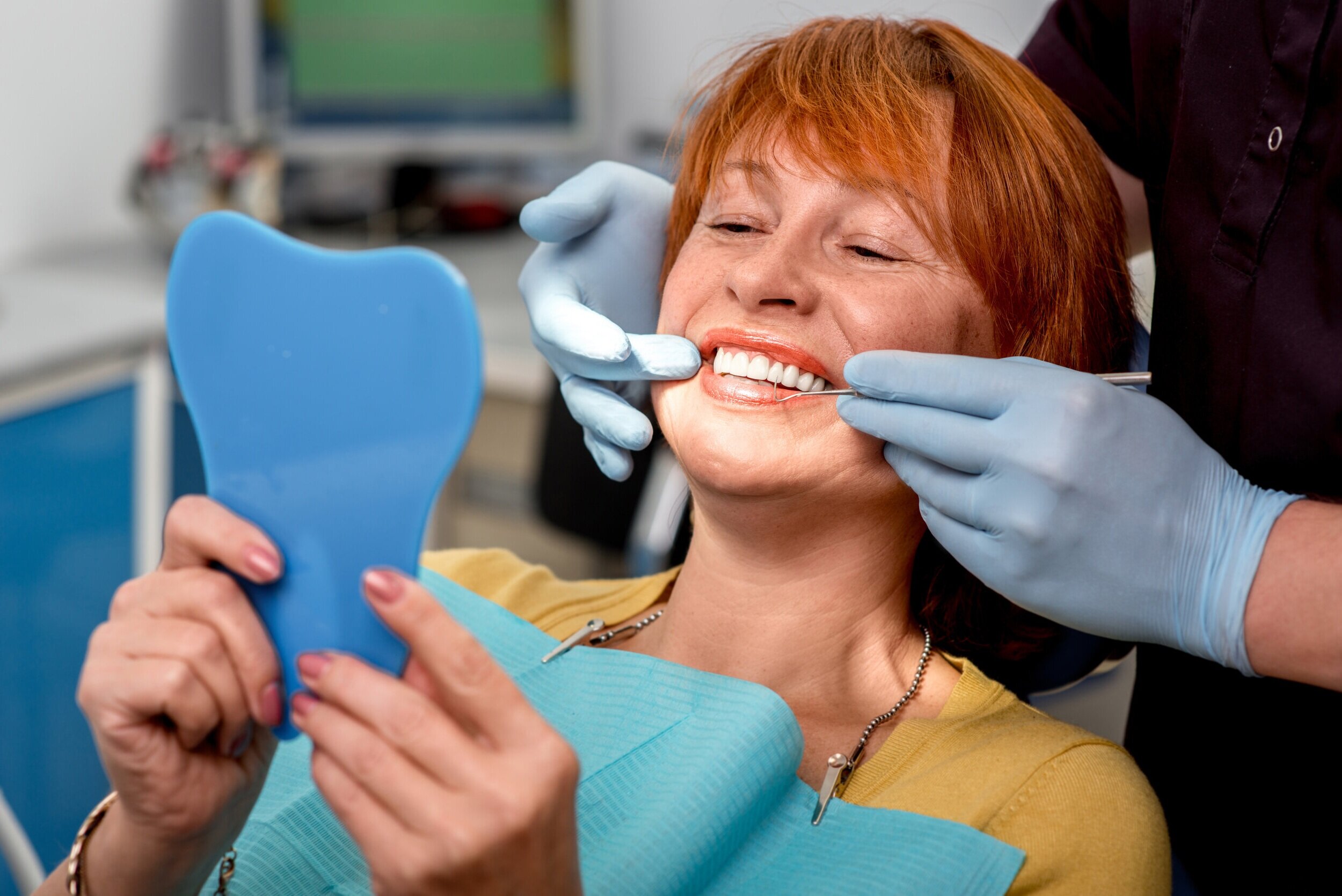
Inlay and Onlay Restorations
Inlay Restorations
An inlay restoration is a custom made filling made of composite material, gold, or tooth-colored porcelain. It is made by a professional dental laboratory and is permanently cemented into the tooth by your dentist.
Inlays are an ideal alternative to conventional silver and composite fillings. Also, they are more conservative than crowns because less tooth structure is removed in the preparation of inlays.
As with most dental restorations, inlays are not always permanent and may someday require replacement. They are highly durable and will last many years, giving you a beautiful long lasting smile.
Reasons for inlay restorations:
Broken or fractured teeth.
Cosmetic enhancement.
Decayed teeth.
Fractured fillings.
Large fillings.
What does getting an inlay involve?
An inlay procedure usually requires two appointments. Your first appointment will include taking several highly accurate impressions (molds) that will be used to create your custom inlay and a temporary restoration.
While the tooth is numb, the dentist will remove any decay and/or old filling materials. The space will then be thoroughly cleaned and carefully prepared, shaping the surface to properly fit an inlay restoration. A temporary filling will be applied to protect the tooth while your inlay is made by a dental laboratory.
At your second appointment, your new inlay will be carefully and precisely cemented into place. A few adjustments may be necessary to ensure a proper fit and comfortable bite.
You will receive care instruction at the conclusion of your treatment. Good oral hygiene practices, a proper diet, and regular dental visits will aid in the life of your new inlay.
Onlay Restorations
An onlay restoration is a custom made filling made of composite material, gold, or tooth-colored porcelain. An onlay is sometimes also referred to as a partial crown. It is made by a professional dental laboratory and is permanently cemented onto the tooth by your dentist.
Onlays are an ideal alternative to crowns (caps) because less tooth structure is removed in the preparation of onlays. Onlays are essentially identical to inlays with the exception that one or more of the chewing cusps have also been affected and need to be included in the restoration.
As with most dental restorations, onlays are not always permanent and may someday require replacement. They are highly durable and will last many years, giving you a beautiful long lasting smile.
Reasons for onlay restorations:
Broken or fractured teeth.
Cosmetic enhancement.
Decayed teeth.
Fractured fillings.
Large fillings.
What does getting an onlay involve?
An onlay procedure usually requires two appointments. Your first appointment will include taking several highly accurate impressions (molds) that will be used to create your custom onlay and a temporary restoration.
While the tooth is numb, the dentist will remove any decay and/or old filling materials. The space will then be thoroughly cleaned and carefully prepared, shaping the surface to properly fit an onlay restoration. A temporary filling will be applied to protect the tooth while your onlay is made by a dental laboratory.
At your second appointment, your new onlay will be carefully and precisely cemented into place. A few adjustments may be necessary to ensure a proper fit and that your bite is comfortable.
You will receive care instruction at the conclusion of your treatment. Good oral hygiene practices, a proper diet, and regular dental visits will aid in the life of your new onlay.

If you face your flaws, you’ll notice the change.
Lorem ipsum dolor sit amet nullam vel ultricies metus.
